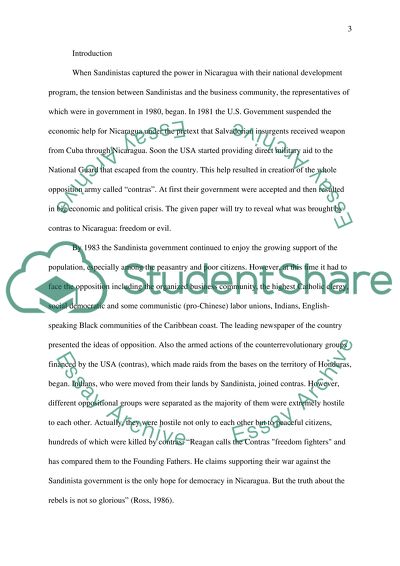Cite this document
(“The Sandinistas Research Paper Example | Topics and Well Written Essays - 1500 words”, n.d.)
Retrieved from https://studentshare.org/law/1679358-the-sandinistas
Retrieved from https://studentshare.org/law/1679358-the-sandinistas
(The Sandinistas Research Paper Example | Topics and Well Written Essays - 1500 Words)
https://studentshare.org/law/1679358-the-sandinistas.
https://studentshare.org/law/1679358-the-sandinistas.
“The Sandinistas Research Paper Example | Topics and Well Written Essays - 1500 Words”, n.d. https://studentshare.org/law/1679358-the-sandinistas.


